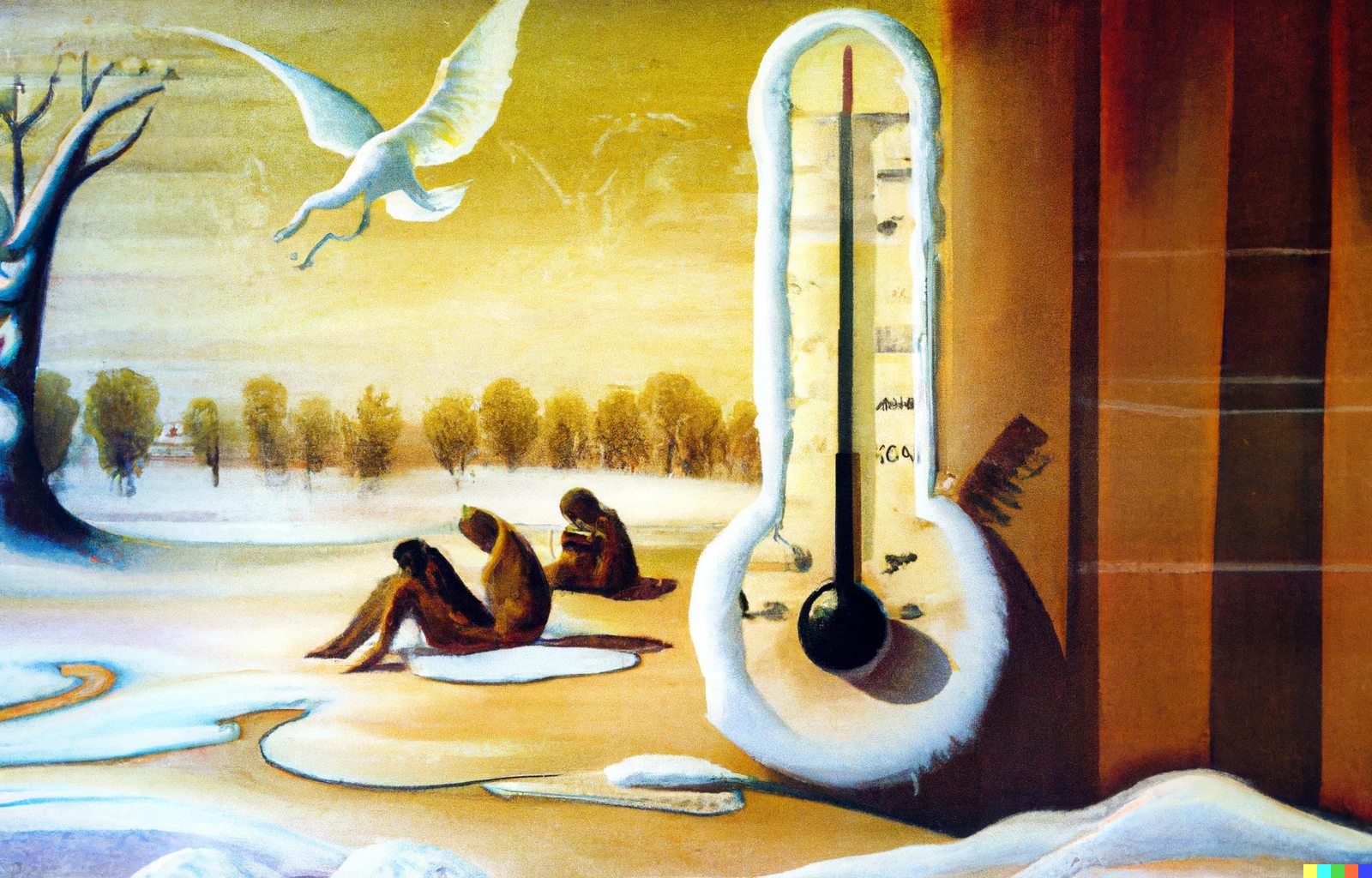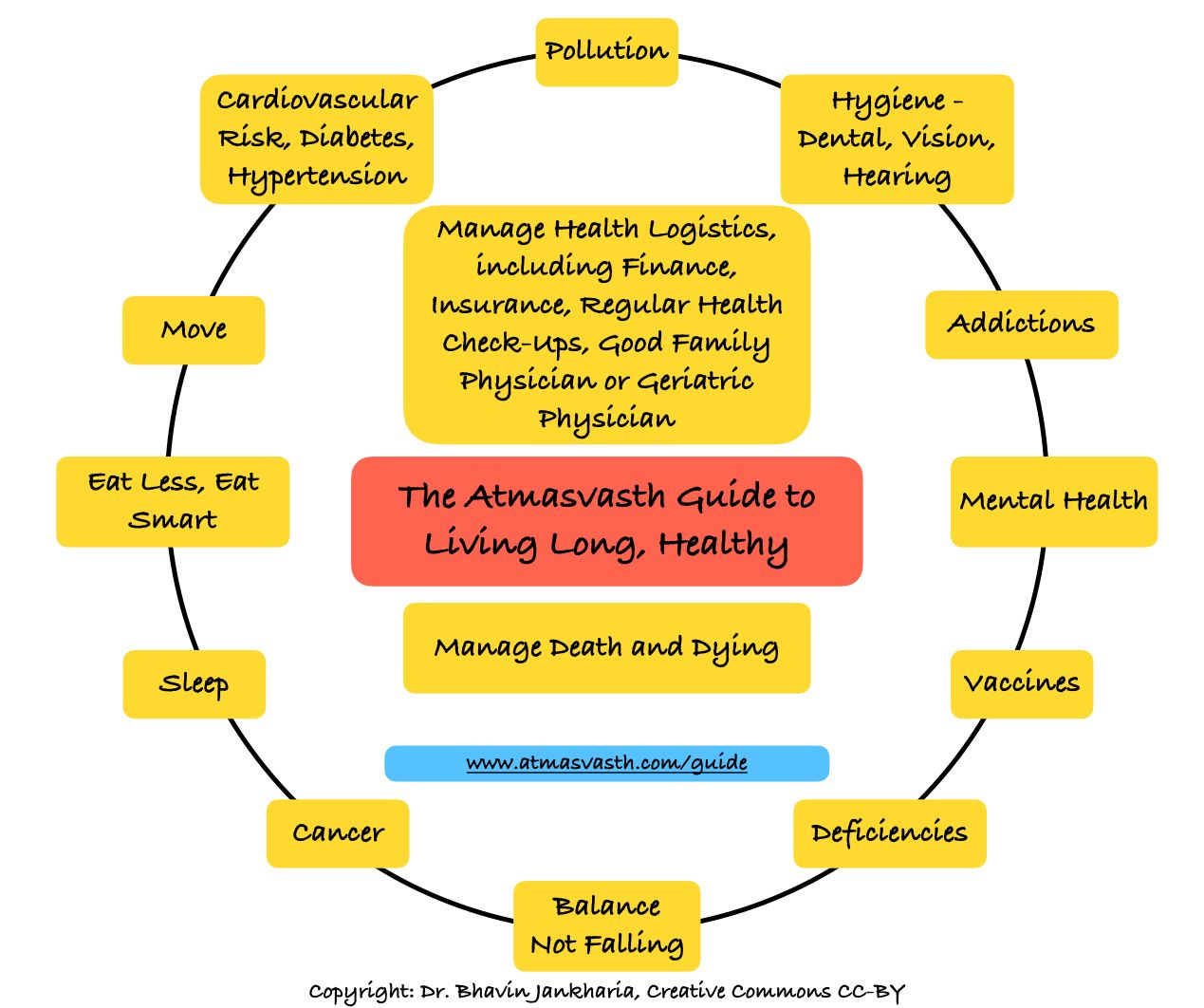The Extremes of Fire and Ice
The effect of the extremes of heat and cold on your healthspan and lifespan

Table of Contents

Audio
Text
In April 2023, 14 people died of heat-stroke after waiting for many hours in 38 deg recorded Celsius heat (though it was likely much higher), without adequate shade or water, in an open ground in Navi Mumbai in India to celebrate an award being given to a social do-gooder.
Extremes of temperature, both heat and cold can affect the human body acutely and over the long-term. While acute harm is directly dependent upon the extent of extreme heat or cold and the body’s inability to manage that extreme temperature, leading to acute heat strokes and hypothermia, the medium to long-term harm is what most of us have to worry about more, when it comes to our healthspan and lifespan.
A recent observational study headed by Barrak Alahamad [1] evaluated 32 million cardiovascular deaths from all causes in 567 cities in 27 countries across 5 continents and found that hot days above the 97.5th percentile accounted for 2.2 excess deaths for every 1000 cardiovascular deaths, while cold days below the 2.5th percentile accounted for an excess of 9.1 deaths per 1000.
Another observational study from Taiwan headed by Chi-Nan Tseng [2] studied the incidence of acute heart attacks and found that those above the age of 50 years with high blood pressure were more susceptible to cold related events, while those below the age of 50 had an increased incidence of heart attacks with higher temperatures.
Yet another study from 272 cities in China headed by Renjie Chen [3] looked at 1.8 million non-accidental deaths and found that 14.3% of these were likely due to non-optimal temperatures, of which moderate cold, moderate heat, extreme cold and extreme heat were responsible for 10.49%, 2.08%, 1.14% and 0.63% respectively.
In 2005, Christopher Wild [4], came up with the concept of the “exposome”, which he defined as “the totality of lifelong changes in human physiology and pathophysiology induced by the environment (i.e, by exposure to environmental stressors)”. These environmental stressors include chemical pollution (air, water, soil) and non-chemical pollution (traffic noise, light pollution, lack of green spaces, climate change).
Air pollution further adds to the deleterious effects of extremes of temperature, though the extent of the combined effect is not easy to understand.
What does this mean for you and I?
Unless we change our environment, by moving to climates and geographies that are less polluted and less exposed to temperature extremes, there is not much we can do. We are dependent on governments and non-governmental organizations and their policies and ability to formulate guidelines for countries and cities to reduce pollution and emissions, in the hope that we can tame the harm from climate change and prevent temperatures from rising.
At a personal level, we need to make sure that we reduce our exposure to extremes of temperature. This means staying indoors with adequate cooling or heating as the case may be, wearing adequate clothes and carrying protection when outside, staying hydrated, etc. Being aware of the harm that temperature extremes can cause is perhaps the first step towards reducing the effects of that harm to whatever extent possible, at a personal level.
Footnotes
1. Alahmad B et al. Associations Between Extreme Temperatures and Cardiovascular Cause-Specific Mortality: Results From 27 Countries. Circulation. 2023 Jan 3;147(1):35-46.
2. Tseng CN et al. Ambient Temperature Effect on Acute Myocardial Infarction by Risk Factors: Daily Data From 2000 to 2017, Taiwan. JACC Asia. 2023 Mar 14;3(2):228-238.
3. Chen R et al. Association between ambient temperature and mortality risk and burden: time series study in 272 main Chinese cities. BMJ. 2018 Oct 31;363:k4306.
4. Wild CP. Complementing the genome with an "exposome": the outstanding challenge of environmental exposure measurement in molecular epidemiology. Cancer Epidemiol Biomarkers Prev. 2005 Aug;14(8):1847-50.
Atmasvasth Newsletter
Join the newsletter to receive the latest updates in your inbox.



